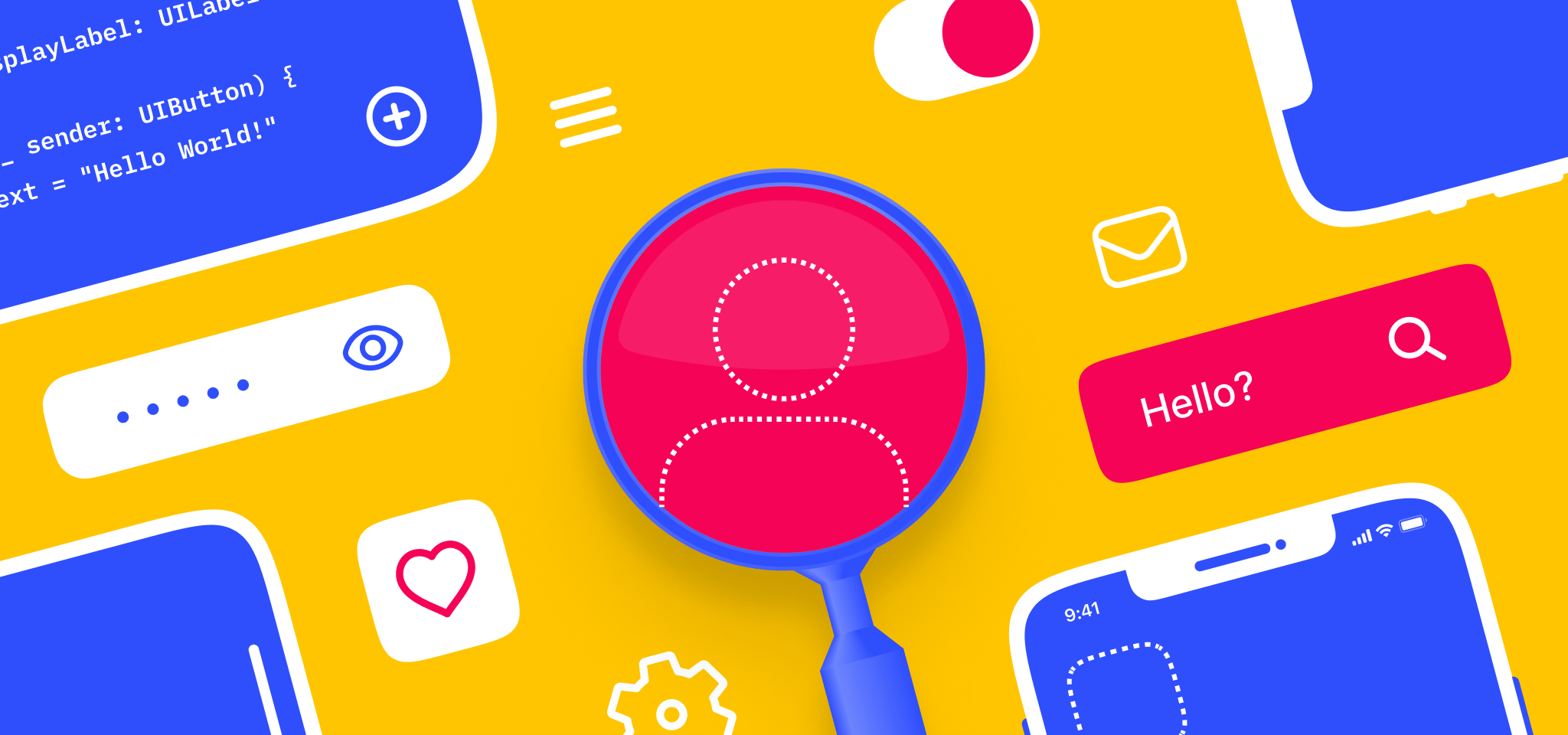If I pay for development, will I own the code? Who will obtain intellectual property rights for my app? These questions are one of the top questions asked by our clients at the beginning of their business journey. If you develop with us, then the answer is: YES, you will. Unfortunately, we are one of the rare ones among software development companies that transfer all IP rights to the client.

According to the Dutch Intellectual Property rights legislation, the creator is the owner by default, which means that those who wrote the code own it. Unless the written contract states the difference.
Thus, when outsourcing software development, it is paramount to make sure that all the IP (Intellectual Property) rights, business ideas, content, documentation, and the source code remain under the sole ownership of the client.
Our 5-minutes overview
I cannot emphasize more how important that is to manage IP rights transfer the earlier, the better. This is what can happen if the issue is neglected in advance:
- It might harm business. The client could get into the “vendor lock” (Giants like Oracle and Microsoft tend to apply these “vendor lock” strategies making the clients very dependent on their technologies).
- It can be costly. Every minor change in the project may require high costs.
- It might hurt the client’s customers. In the end, it could mean that the client is held hostage by the service provider and so their service to their customers is entirely dependent on the decisions between them and the service provider.
- It might harm the client’s collaboration with investors. For investors, it is critical that all IP, source code, knowledge, and materials are owned by the client. If it is not the case, it is an immediate red flag for them.
In this article, we will outline how to deal with IP rights to make sure all the boxes are checked for the client’s safety.
One could name four types of intellectual property rights relevant to software: patents, copyrights, trade secrets, and trademarks.
For example, patent protection covers certain processes, products, and methods; copyright protects your original written or artistic work, graphical elements, and images.
Types of Intellectual Property rights applicable to software development
Each one is covered by a different kind of legal protection. Patent applications, copyrights, and trade secrets are used to protect the technology itself. We will not cover trademarks legislation and trademark protection in this article, as they do not protect technology, but serve to distinguish goods or services in the marketplace.
Everyone who is involved in the project development can overstep IP:
- Employees – have the moral right to own the IP developed during employment; however, they are usually restricted by the employment contract.
- Consultants/individual contractors – unless there is a written contract, they may own the IP.
- Vendor company to develop software – again, even though clients pay for their services, they are not necessarily the owners, unless it is documented.
All the code developed on clients’ requests could be roughly divided into three major types:
1. Existing/Third-Party code – already used by the developing company in other projects.
The vendor may use the code they created or already used for the other client to develop the software. Usually, the vendor is not interested in giving up the ownership of this type of code as they might want to continue using it for other clients. One of the ways to manage this type of IP rights is to pay a license for the code in a way that is compatible with the client’s project.
Content used in the project like imagery, sounds, and videos could be also mentioned here, as it might also have restricted usage policies and violations may cause major fines.
2. Open-source code – publicly accessible technologies quite frequently used in the software and mobile app development, that are eligible to be modified and shared.
Definitely, the client is neither able to own the IP rights to the open-source code nor maintain exclusive control over it.
However, the client must be aware of what open-source software is used in his\her project and be sure that the developer is eligible to use it and all the other compliance requirements are met. There could also be restrictions associated with it that the client must be aware of. Violation of the open-source licenses could lead to significant risks to the whole project, e.g., by most GPL licenses, one must also publish the source code of the complete project.
Please, read a separate article about open-source third-party technologies that we use in our works and their terms and usage conditions. To name a few, they are GPL, GNU, BSD, MIT, and APACHE.
3. Unique code – the code that was developed specifically for a particular business.
If the project IP is bespoke to the client’s company, the software may be of limited use to the developer, so they may be more willing to assign ownership of it to the client or grant them an exclusive license. You might be restricted by license terms related to the existing code IP and third-party software IP which are included within the end product.
Considering the combination of these three types of code used, and the business model of our client, we manage IP rights the following way:
How Moqod manages Intellectual Property rights transfer
- Usage rights for the existing code: depending on the definition stated in the agreement, we negotiate the terms of its usage with the client.
- Access rights for the open-source code: we help clients to obtain all the necessary licenses or and perform all the required compliance operations (copyright notifications, etc.).
- Full ownership for the unique code developed: yes, FULLY transferred rights, so the client will be the actual owner (commercialize and replicate it for his\her benefits).
What else could the client do to protect IP rights for their app?
- Pay special attention to the Ownership section in the software development contract. Make sure that all the code developed for the project is stated as ‘work made for hire.
- Add The Source Code Ownership section in the vendor agreement for additional protection and assurance. State there all third-party software used along with the usage terms, conditions, and restrictions.
- Check employment agreements and consultancy agreements. Their contracts have to contain the at-will assignment of all the inventions and the associated IP rights developed during the employment period. It mainly concerns the senior executives.
- Keep a written record of who helped design and create the source code.
- Perform an IP audit regularly using, for example, external juridical help. Double-check and triple-check.
Conclusion
From our numerous conversations with clients and other industry players, we know that the majority of software development firms do not transfer IP rights to their clients.
But we do! And we think that working this way should become the industry standard at some point. Meanwhile, we urge clients to be careful and ensure they are warned and properly informed about the IP rights transfer issues.






